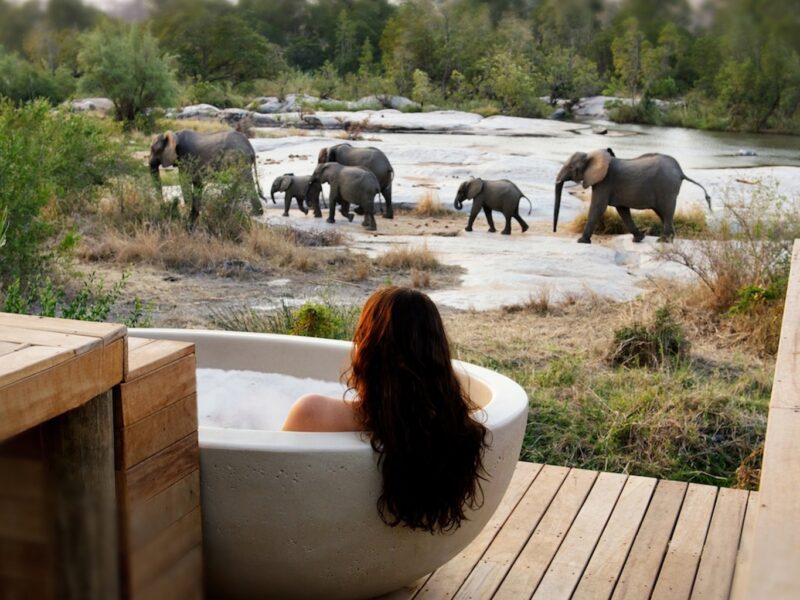A Guide to the Serengeti Great Migration in September
September in the Serengeti is a month of high drama and unforgettable wildlife action. It’s where the instinct to move, survive, and thrive plays out daily along the Mara River, against the striking backdrop of the dry-season plains.
September is one of the most thrilling months to witness the Serengeti Great Migration. It is the peak of the river crossing season, a time when the drama of life and death unfolds along the banks of the Mara River in northern Tanzania and Kenya’s Masai Mara. This period draws travelers from across the globe, eager to witness vast herds of wildebeest and zebra braving crocodile-infested waters in their determined journey in search of greener pastures. The tension, movement, and raw spectacle of nature make September a highlight of the migration calendar.
Mara River Crossings in Full Swing
By September, hundreds of thousands of wildebeest are still concentrated in the northern Serengeti, especially in areas such as Kogatende and Lamai, as well as across the border in the Masai Mara. Herds gather at the edge of the Mara River in uncertain patterns—sometimes crossing in massive, thunderous numbers, other times hesitating for hours or days. The crossings are often chaotic, with wildebeest pushing forward, slipping down steep banks, and plunging into the river where waiting crocodiles and strong currents add to the peril. For many safari-goers, witnessing a Mara River crossing is one of the most unforgettable moments in Africa.
Predator Encounters and Intense Game Viewing
September is not only about the crossings; it’s also a time of heightened predator activity. With such a concentration of prey in one region, lions, cheetahs, leopards, and hyenas are highly active, particularly around Kogatende and the open plains north of the river. The lack of vegetation makes sightings more accessible, and the open terrain creates dramatic backdrops for hunts and chases. Safari vehicles often witness tense stand-offs between predators and herds, as well as tender scenes of wildebeest calves staying close to their mothers.
The Landscape and Weather
The landscape in September is dry and golden, with dust hanging in the air and a hazy light that makes for remarkable photography. Water is scarce, which forces animals to congregate around rivers and waterholes—ideal conditions for concentrated wildlife viewing. The weather is warm and dry, with clear skies dominating both day and night. This dry season climate means minimal rain interruptions and excellent conditions for game drives and walking safaris.
An Ideal Time for Safari Enthusiasts
September offers some of the best safari conditions of the year. The high density of animals, predator-prey interactions, and the opportunity to witness river crossings combine to create an electrifying atmosphere. While it is a popular month and accommodations in northern Serengeti tend to book up early, the rewards for planning ahead are immense. It’s especially well-suited to travelers looking for intense wildlife experiences, dramatic photography, and an adrenaline-filled safari.




